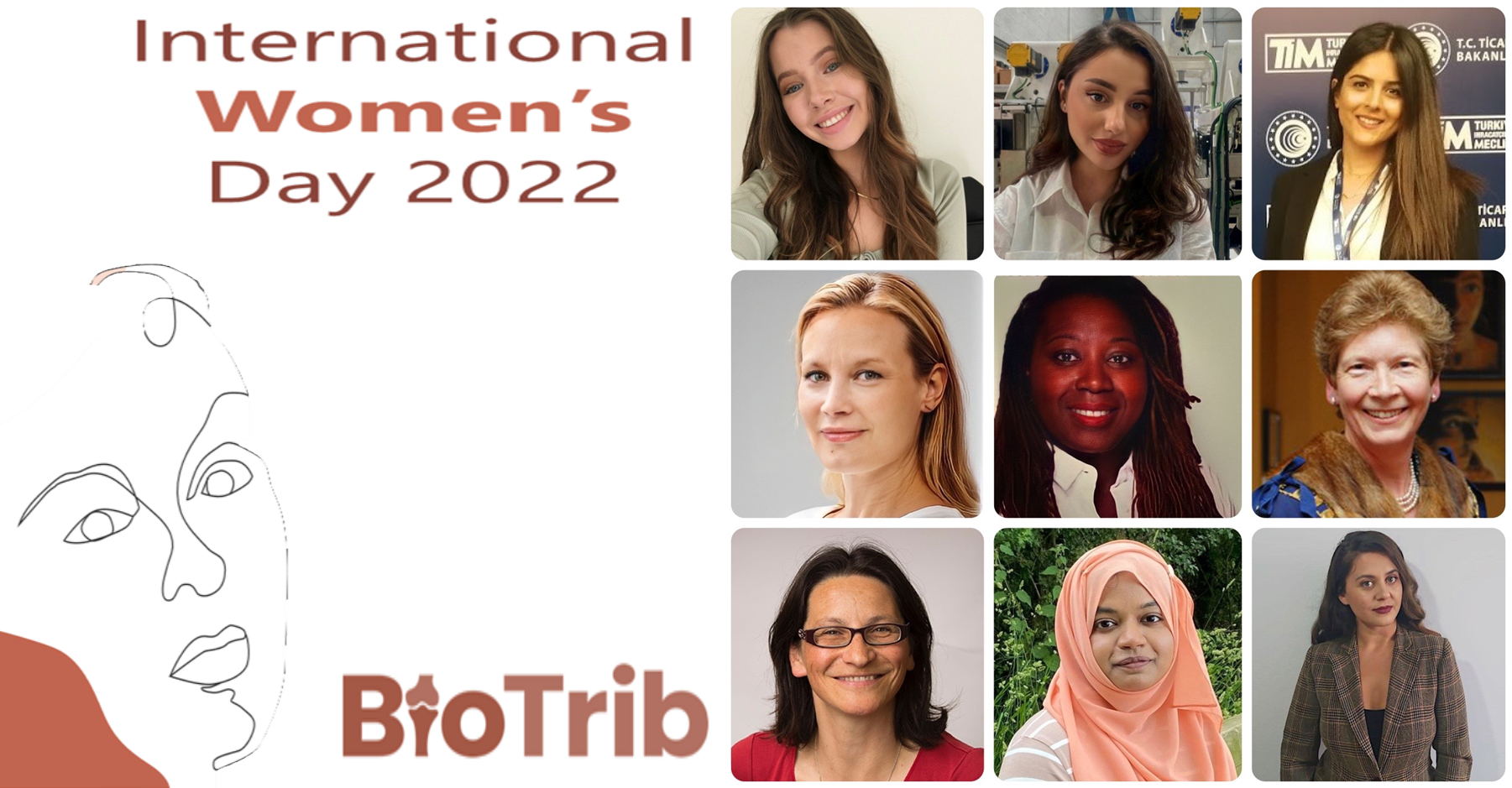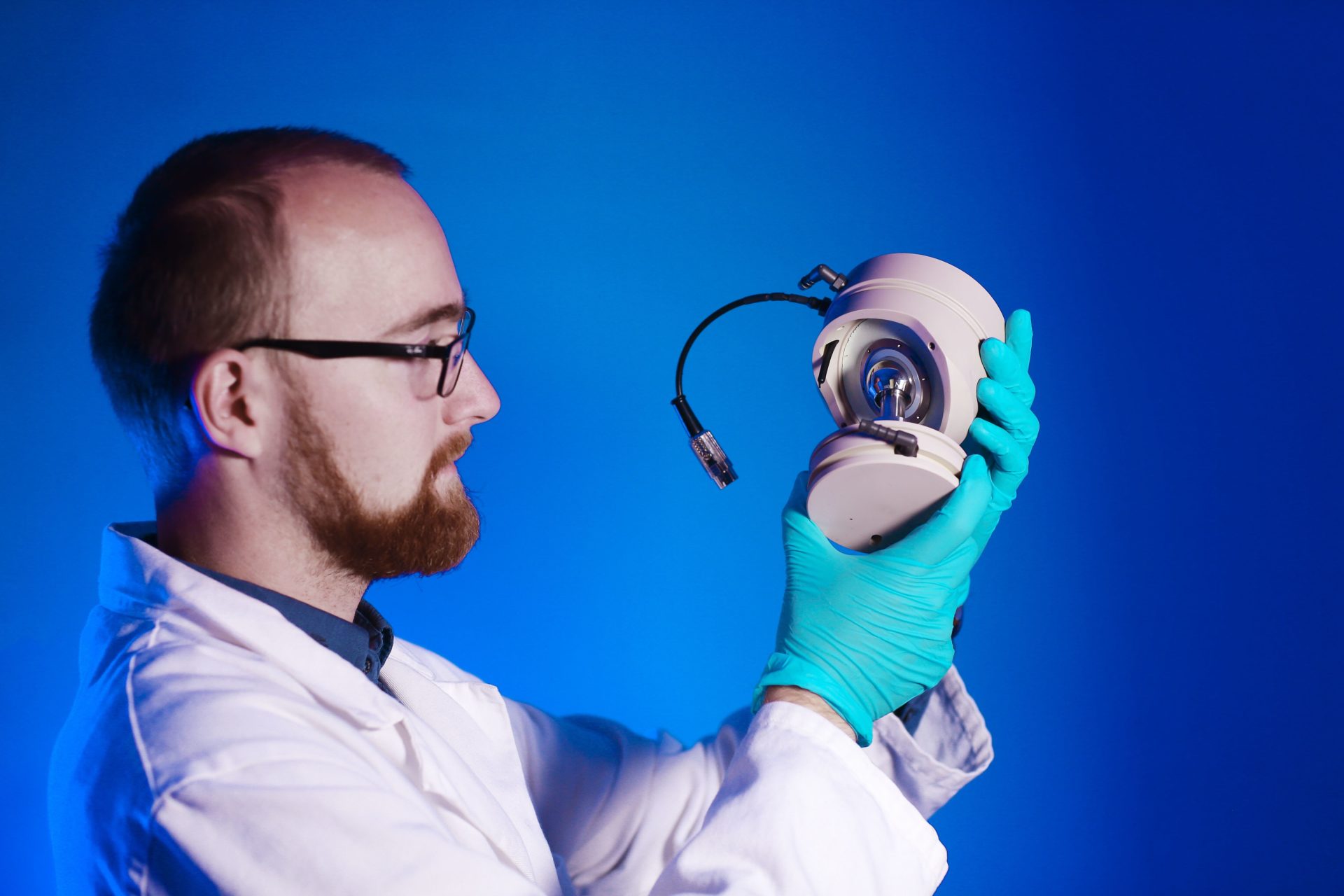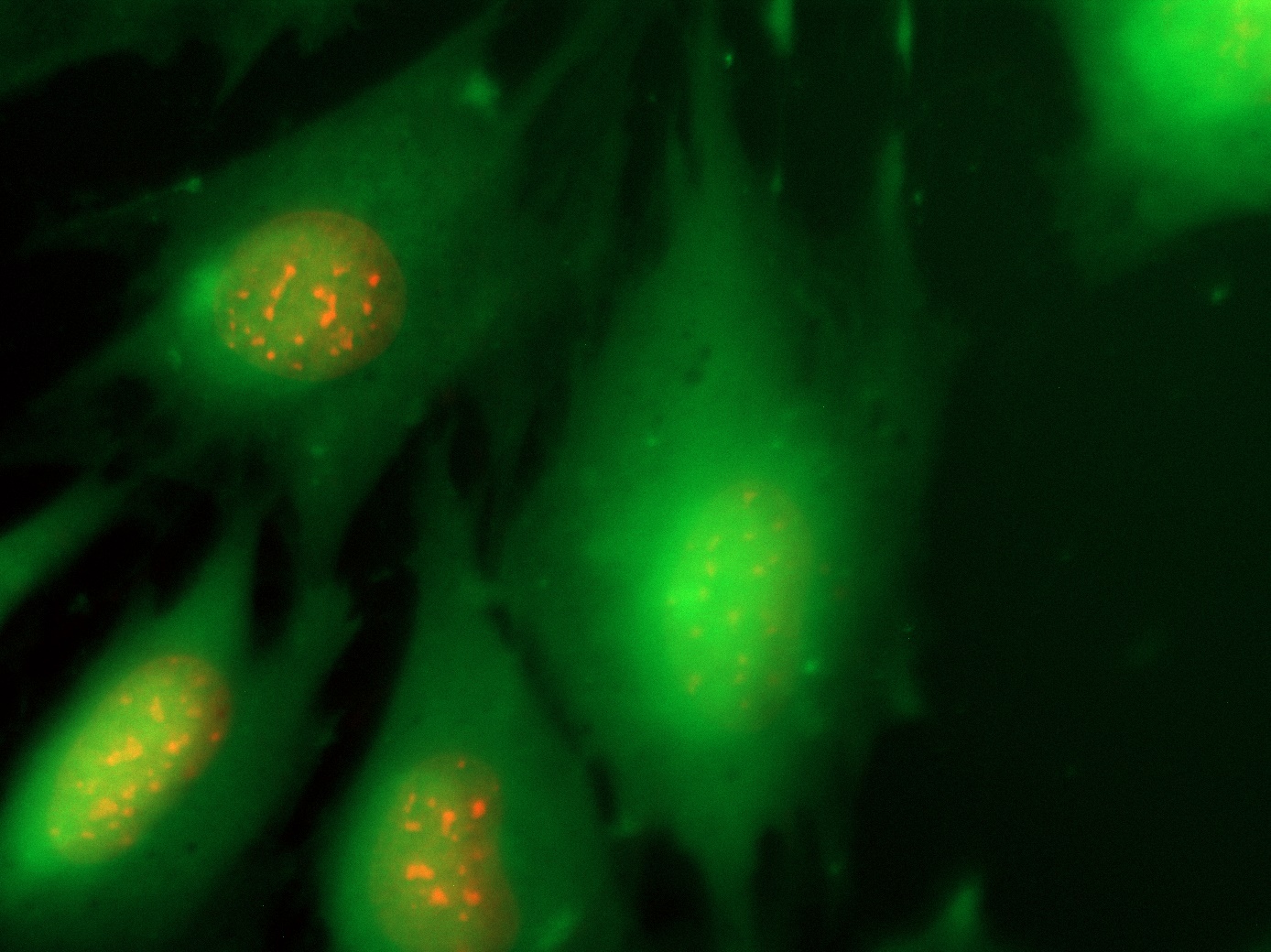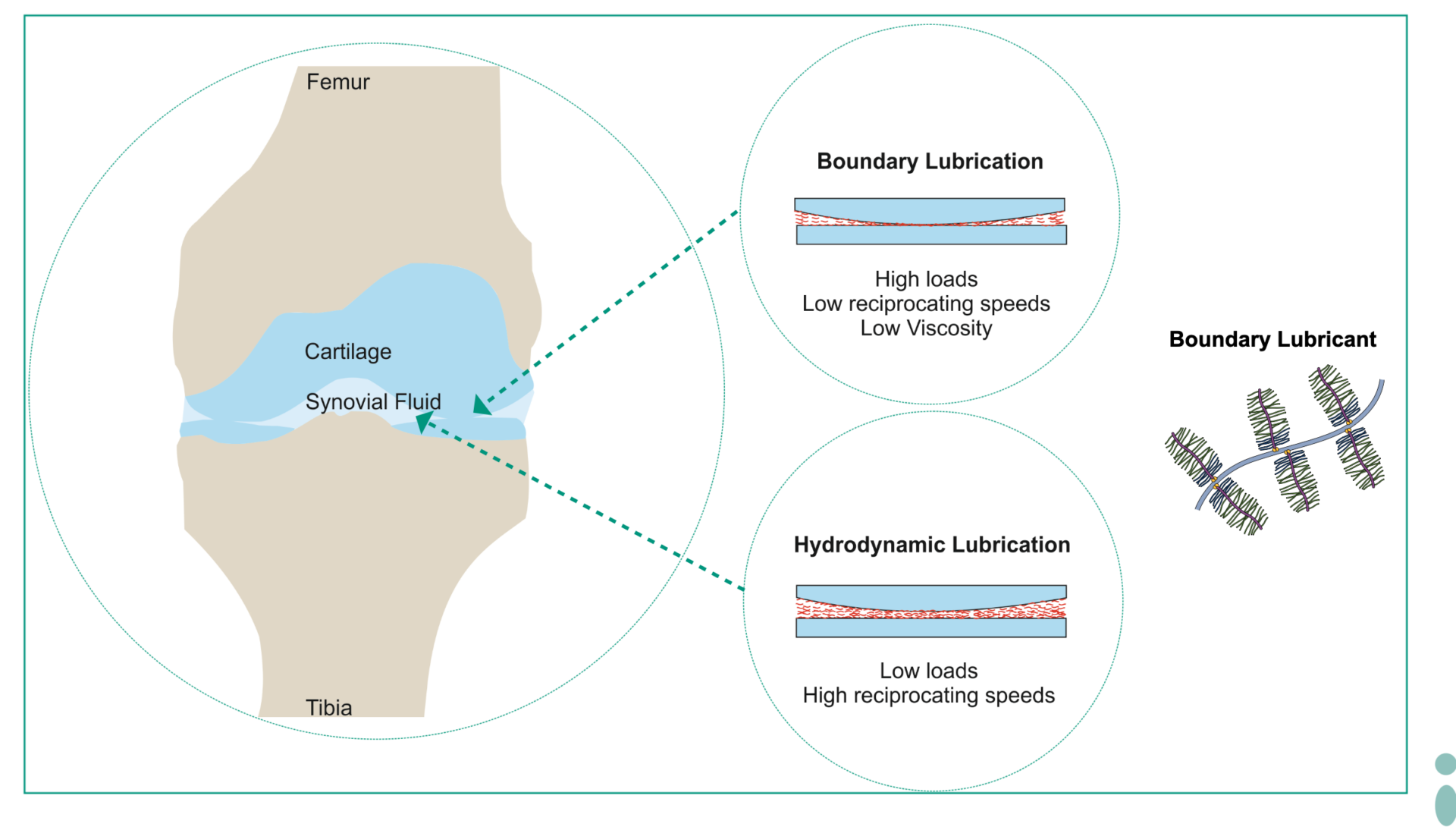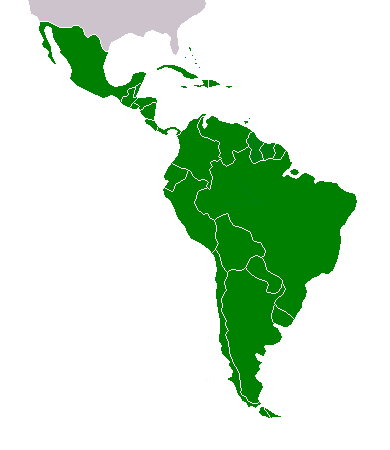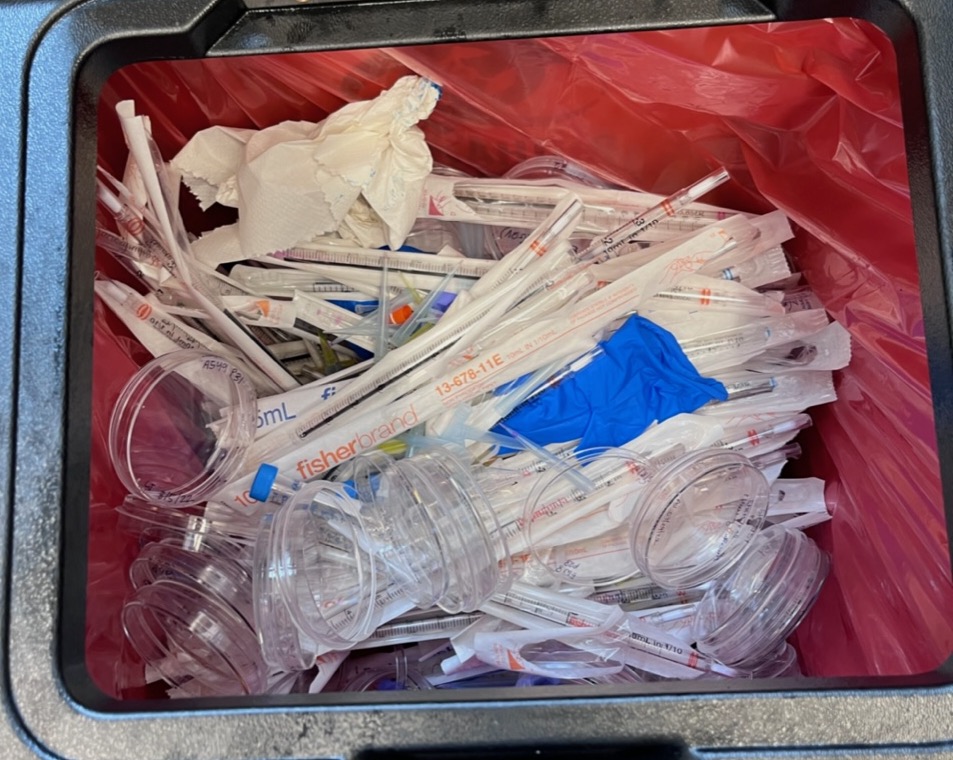Latest Posts
3D printing is rapidly advancing, with a significant expansion in the range of available materials. Previously confined to fast-curing polymers, the technology can now accommodate slow-curing polymers, offering distinct advantages such as enhanced elastic properties, durability, and robustness. This breakthrough is attributed to a novel technology developed by researchers at ETH Zurich in collaboration with … Read more
Articular cartilage, found within a flexible joint capsule, contains synovial fluid and the meniscus. The surface prevents stick-and-slip contact under body weight sustaining or rapid sliding, for example, at jogging or playing tennis. Weight-bearing cartilage exhibits low friction coefficients due to a biphasic structure. This works as a sponge, comprising a fluid phase and a … Read more
Header Image: Globe (CC BY 2.0 license). Do you prefer direct criticism or that people adopt a three-positives for one negative approach? Do you communicate in a “mean what you say” or “read the air” manner? In your job are fixed consensual decisions or flexible top-down approaches preferred? In international environments, these are frequent questions … Read more
Header Image: Latin American Map (CC BY-SA 4.0) As a Latin American early career researcher, my routine was very different than at Biotrib. I used to juggle two jobs with my time in the lab and my personal life. I and my colleagues funded our research with our jobs. Sometimes we even acquired laboratory consumables. … Read more
How many times have we asked ourselves in the lab: how much plastic do we use? Significant groundwork for societal advancement is laid by laboratory research. Meanwhile, it’s believed that 2% of the world’s plastic waste comes from laboratory operations, which contributes to their environmental footprint [1]. So, “What can you do to make your … Read more
Highlight: International Womens Day
Celebrating women in BioTrib, medical engineering, and the wider STEM and their contributions to range of cutting edge research and innovation. This is a great article produced by the women in our community exploring building a career as a woman in engineering, women of impact, advice for their younger selves as well as breaking down misconceptions about working in engineering. Featuring interviews with Professor Cecilia Persson, Dr Lisa-Dionne Morris and Professor Isobel Pollock-Hulf – here!
